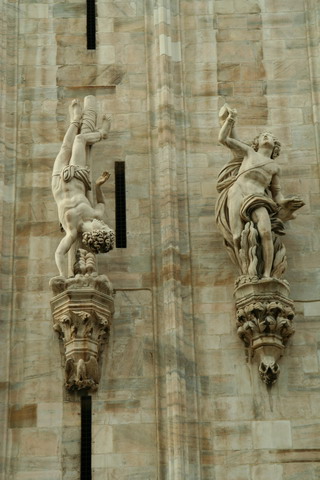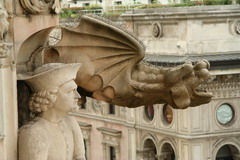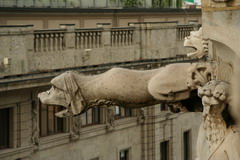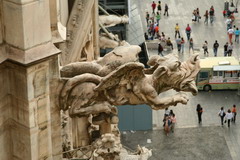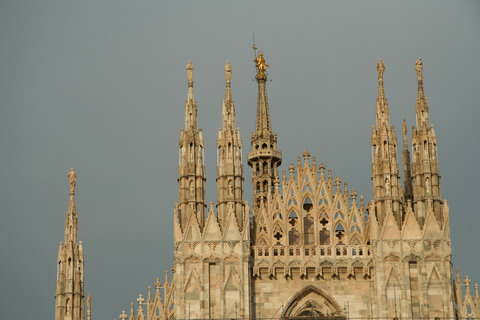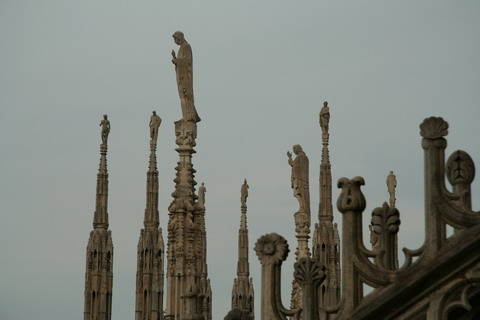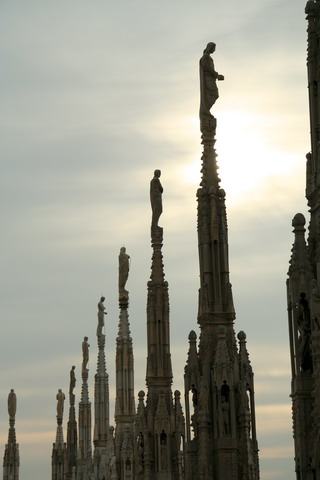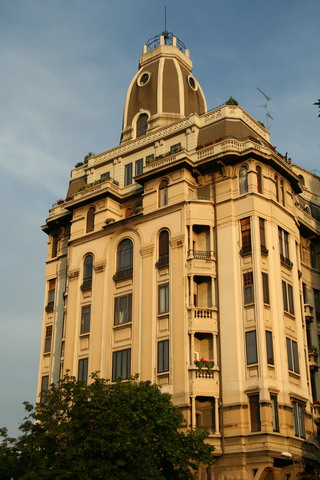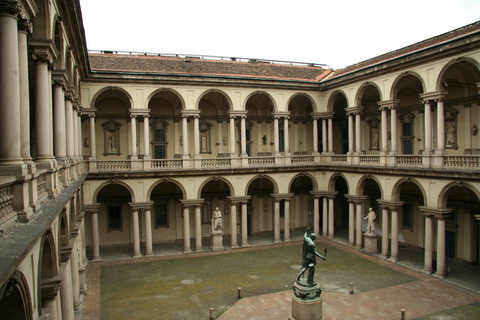
Founded in 1809 by Napoleon I, and one of Italy's largest art galleries. Its original collection was that of the Accademia di Belle Arti, though its most important works were acquired later.
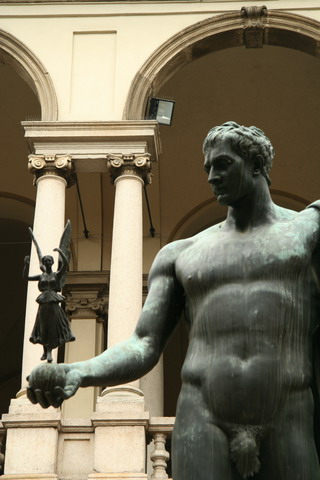
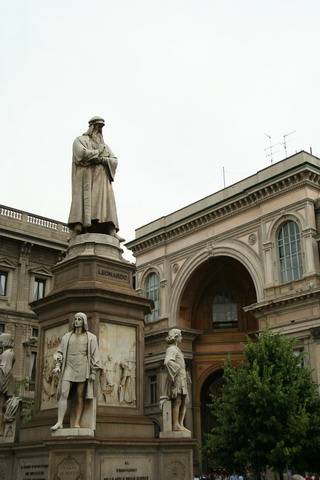
In the background is the Galleria.
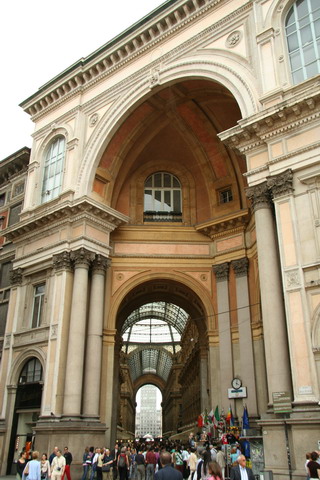
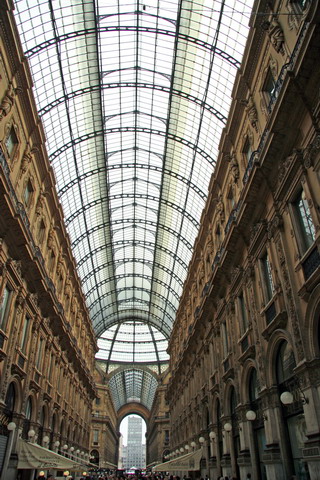
The iconography of the inlaid mosaic concourse and the painted pendentives of the 164-foot octagonal dome, raised over the crossing, represent the union of church and state which first came into being with the triumphant nationalist revolution of 1848
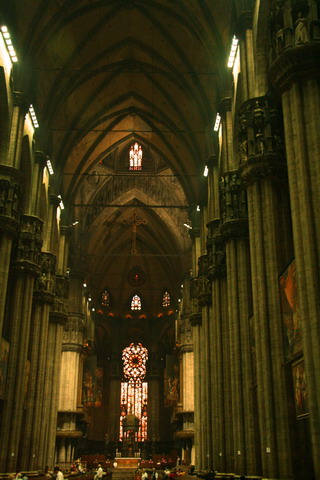
Fifty-two columns support the interior of the Duomo.
